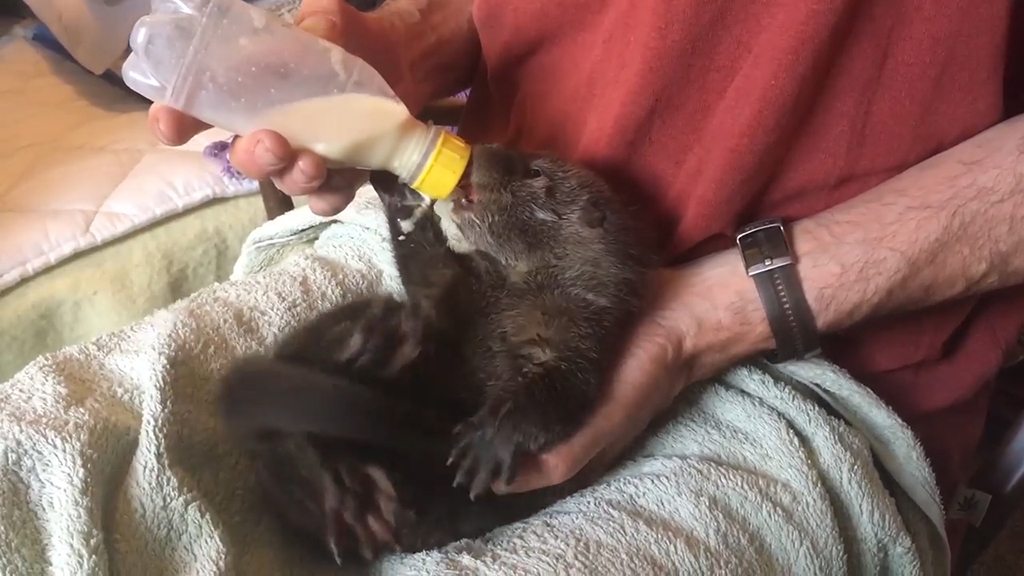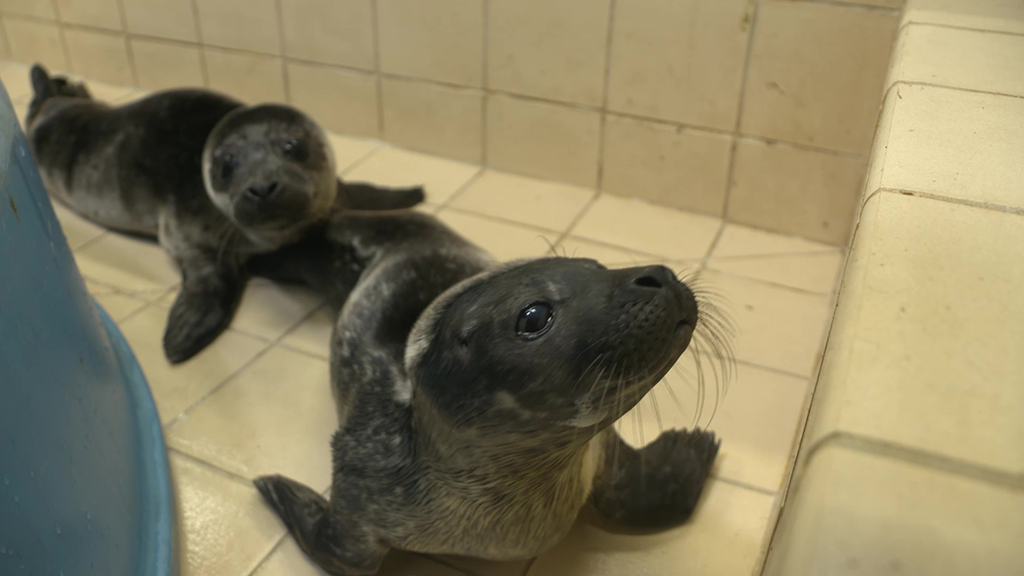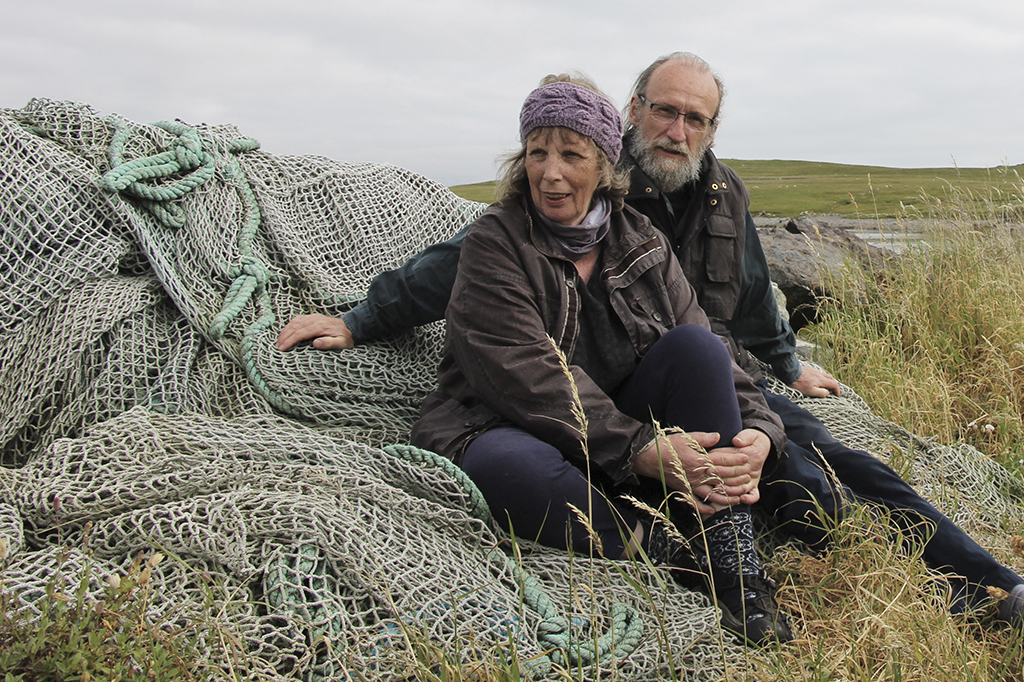Hillswick Wildlife Sanctuary has finished its new seal rescue unit, which will offer a better chance for rescued seals to make a full recovery from their injuries or illnesses.
Supported by World Animal Protection, the improvements to this unit included energy efficient heat lamps and insulation features, all of which enables a stable environment for the rescued seals, giving them a greater chance of survival and a successful release, while maintaining sustainable costs.
Hillswick Wildlife is the only facility, in the Shetland Islands, that looks after marine life and has been treating seals and otters affected by oil spills, lost/discharged plastic, fishing nets and lines – known as ‘ghost gear’.
The sanctuary’s hard -working staff also care for young, orphaned seals that have lost their mothers.
Ghost gear is extremely dangerous for young seal pups, as it can entangle the animal and cut into their
skin as they grow.

A baby otter is nursed back to health (Photo: World Animal Protection)
Founders of the Hillswick Wildlife Sanctuary, Jan and Pete Bevington, said: ‘We see seals with horrific injuries from ghost gear and other illnesses and the new seal unit will allow us to rescue and rehabilitate more seals for years to come.
‘Thanks to the support of World Animal Protection we can keep going rescuing and saving seals and
other marine animals.’
World Animal Protection is a global organisation that works closely with governments. For more than 50
years, the organisation has been both protecting animals from needless suffering and inspiring people to
do the same.

Rescued seals recovering in the unit (Photo: World Animal Protection)
Previously, World Animal Protection had already worked alongside the facility, providing them with a quad bike and trailer, which allows for quick and efficient transportation of the seals from the beach and back.
World Animal Protection campaigns manager, Peter Kample Hardy, said: ‘Jan and Pete have been doing some excellent work over the years, caring for the beautiful wildlife in the Shetland Islands and we are delighted to support them.’
Seals are not a rare sight in the Shetlands and are an easy spot from the coastline. Largely made up of two
species; the grey seal and the common seal (or the harbour seal), there has, as well, been the occasional
sightings of bearded seal, ringed seal and harp seal, that have ventured down from the Arctic.

Founders of the Hillswick Wildlife Sanctuary, Jan and Pete Bevington (Photo: World Animal Protection)
However, since the 1990s, the number of these sea mammals, in the Northern Isles, have been on the
decline. Between 1990 and 2009, the number of seals in the Shetland area is thought to have halved from
around 6000 to roughly 3000, with certain areas decreasing by some 85%. This decrease has mainly
affected the Harbour seal species.
The reasoning for this isn’t clear, however, possible reasons could be the prevalence of orcas (killer
whale), toxins from harmful algae or changes in diet or habitat caused by human activities such as climate
change.
To get involved visit Hillswick Wildlife Sanctuary or World Animal Protection.
TAGS

